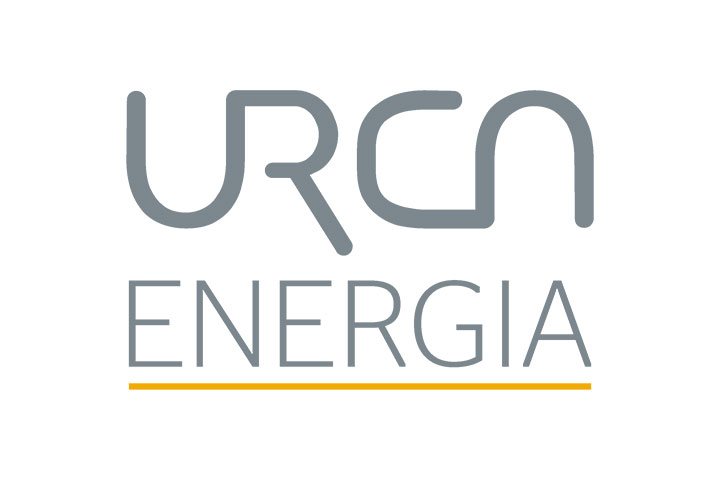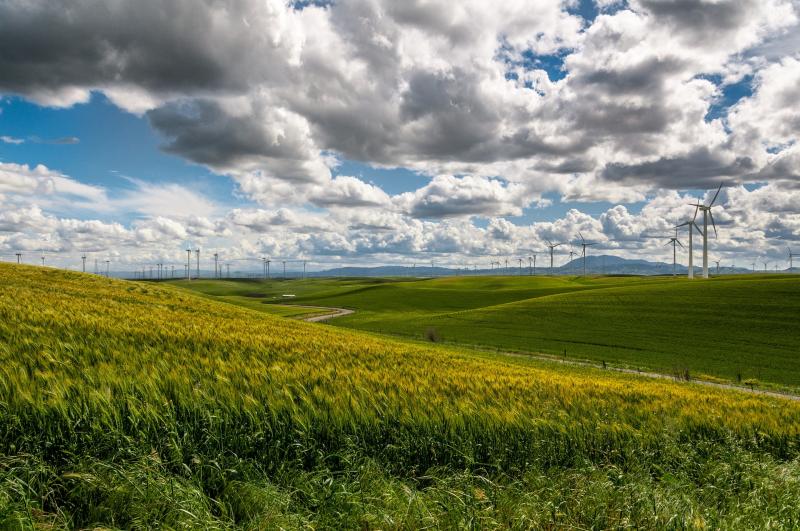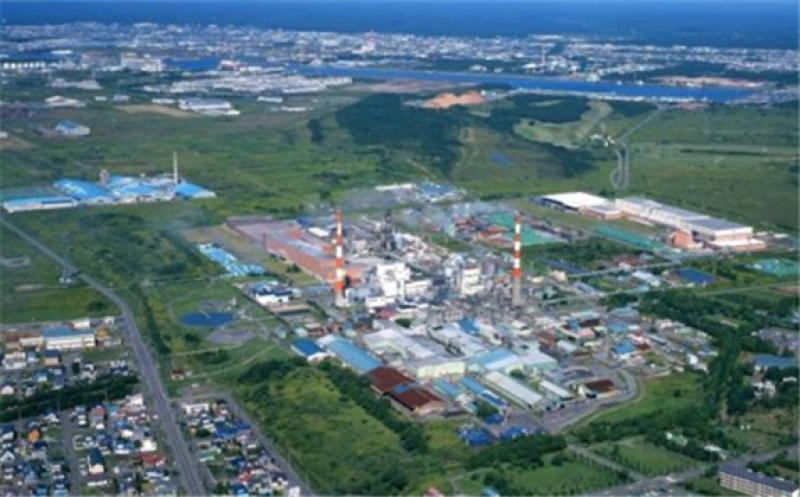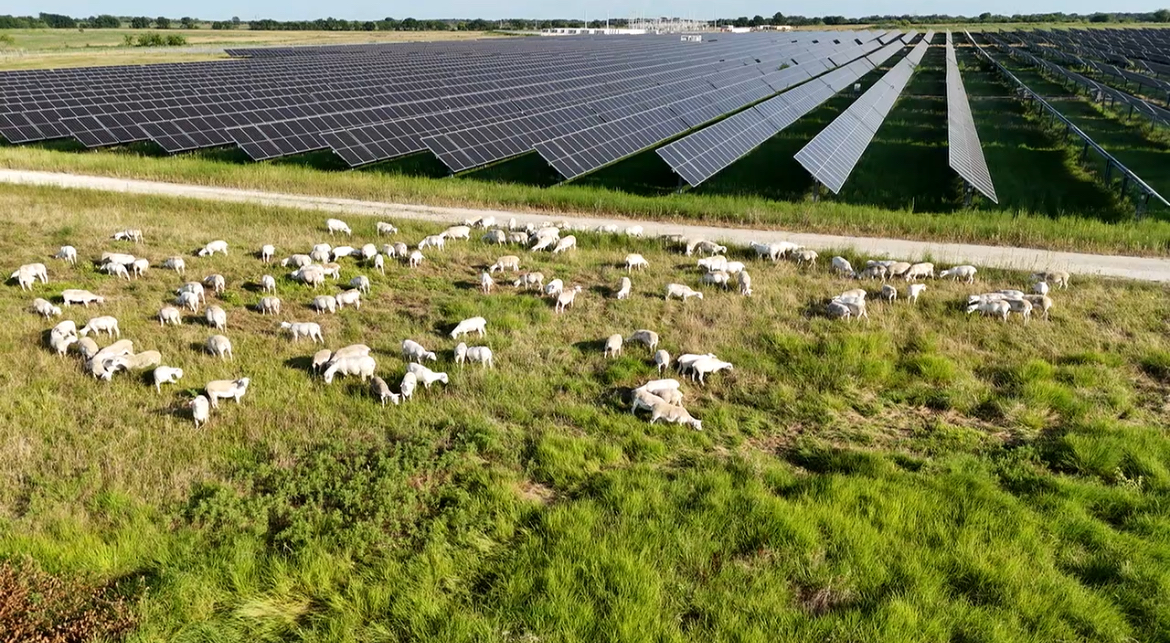 Texas Solar Sheep will provide more than 6,000 vegetation managers to Enel North America in the largest-ever U.S. solar grazing contract (courtesy: Texas Solar Sheep)
Texas Solar Sheep will provide more than 6,000 vegetation managers to Enel North America in the largest-ever U.S. solar grazing contract (courtesy: Texas Solar Sheep)Enel North America is hiring more than 6,000 new employees, but don’t bother refreshing your resume unless you’ve got a stomach (or four) for vegetation management.
The clean energy firm has announced a partnership with Texas Solar Sheep Company to deploy more than 6,000 sheep to feast on greenery sprawling eight Texas solar sites. It is the largest known solar grazing agreement executed in the United States, per the companies.
Enel, also Texas’ leading operator of utility-scale battery storage, says this deal reinforces the company’s commitment to agrivoltaics, which intertwines solar power generation with agricultural practices
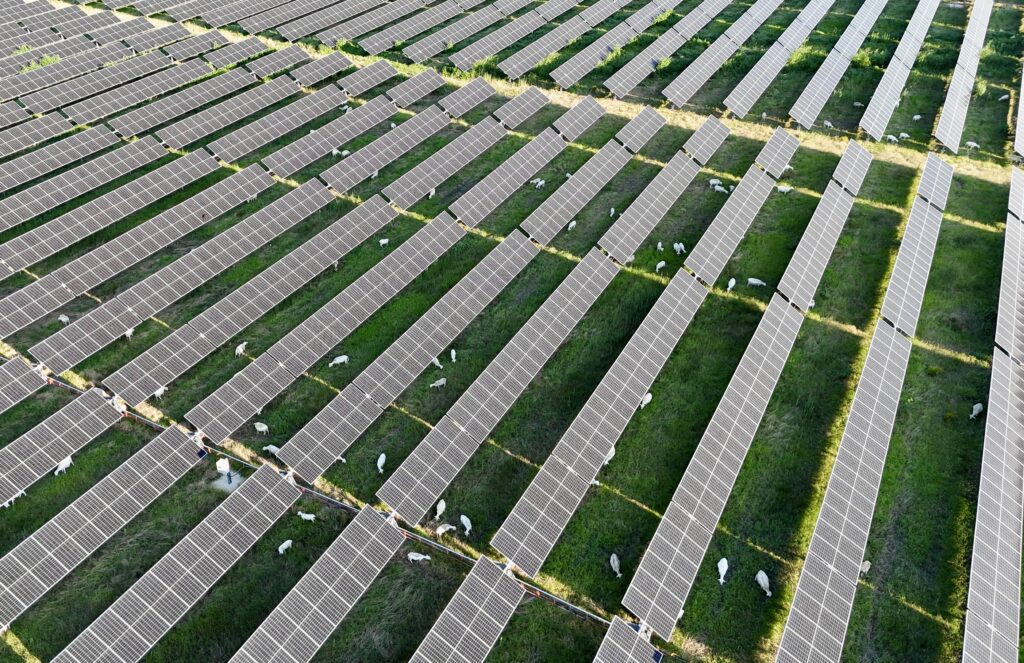
Sheep graze between rows of solar panels (courtesy: Texas Solar Sheep)
“Enel’s record-breaking collaboration with Texas Solar Sheep is an exciting step forward for sustainable dual-use solar practices,” said Marcus Krembs, head of external relations and sustainability at Enel North America. “By prioritizing sheep grazing for land management, we demonstrate how solar and agriculture can coexist while ensuring optimal performance of our solar facilities. Additionally, our sheep grazing commitment supports ecosystem services and the local economy.”
Texas Solar Sheep’s vegetation managers will graze on more than 10,100 acres of land used for solar, an area roughly 75% the size of Manhattan.

Texas is one of the most active states for solar grazing, as exhibited on the American Solar Grazing Association’s interactive map. Green pins indicate known solar grazing operations (courtesy: American Solar Grazing Association)
“Most of these sites are situated in high rainfall long growing season parts of Texas that pose huge challenges for vegetation management,” explained the owner of Texas Solar Sheep LLC, JR Howard, on LinkedIn. “We look forward to displaying how rotational grazing can positively impact these solar sites along with the surrounding communities.”
A recent American Solar Grazing Association survey estimates that 100,000 acres of U.S. solar sites are being similarly chewed upon. Texas has plenty of utility-scale solar to manage- the state has the most installed capacity in the country.
According to the National Renewable Energy Laboratory (NREL), the benefits of agrivoltaics include improved soil health, enabling more efficient use of water, and reduced maintenance and operations costs. Enel says its existing solar grazing program has demonstrated substantial advancements in soil health, with some sites experiencing over 200% improvement in organic matter. Sheep also promote pollinator-friendly habitats by allowing some native plants to mature and bloom, unlike traditional mowing methods. Solar grazing benefits local economies by providing a new revenue stream for sheep herders, too.
“The American Solar Grazing Association is excited to see Enel carry the momentum forward on dual-use solar with their strong commitment to solar sheep grazing,” commented Kevin Richardson, outreach director at the American Solar Grazing Association. “Solar grazing is at the forefront of a booming agrivoltaics industry, and we are seeing more and more leaders in the solar industry investing in long-lasting partnerships with farmers and creating new opportunities for American agriculture.”
Taking (live)stock of recent agrivoltaics developments
Having livestock handle the tricky practice of managing vegetation is becoming increasingly popular. In just the last few months, several similar partnerships have been announced at prominent solar installations across the United States.
In June, Energy Support Services, a wholly owned subsidiary of New Energy Equity, LLC, launched an agrivoltaics solution with DSD Renewables for managing vegetation at a 1.8MW ground-mounted solar project in Winchester, Virginia. Pigs and sheep will graze in rocky terrain and exposed stone in a location where mowing under the arrays was “impossible,” per ESS.
Last month, Savion, a solar and storage developer, announced the start of commercial operation of Madison Fields Solar Project (MFSP) in Madison County, Ohio – a 180-MW, utility-scale agrivoltaics solar facility that is one of the first such sites to intentionally integrate forage crop production within the array.
EDP Renewables North America unveiled its Scarlet I Solar Energy Park (Scarlet I) in Fresno County, California in mid-July, a project actively exploring agrivoltaics possibilities, including sheep grazing on site after a recent trial run utilizing locally sourced sheep.





